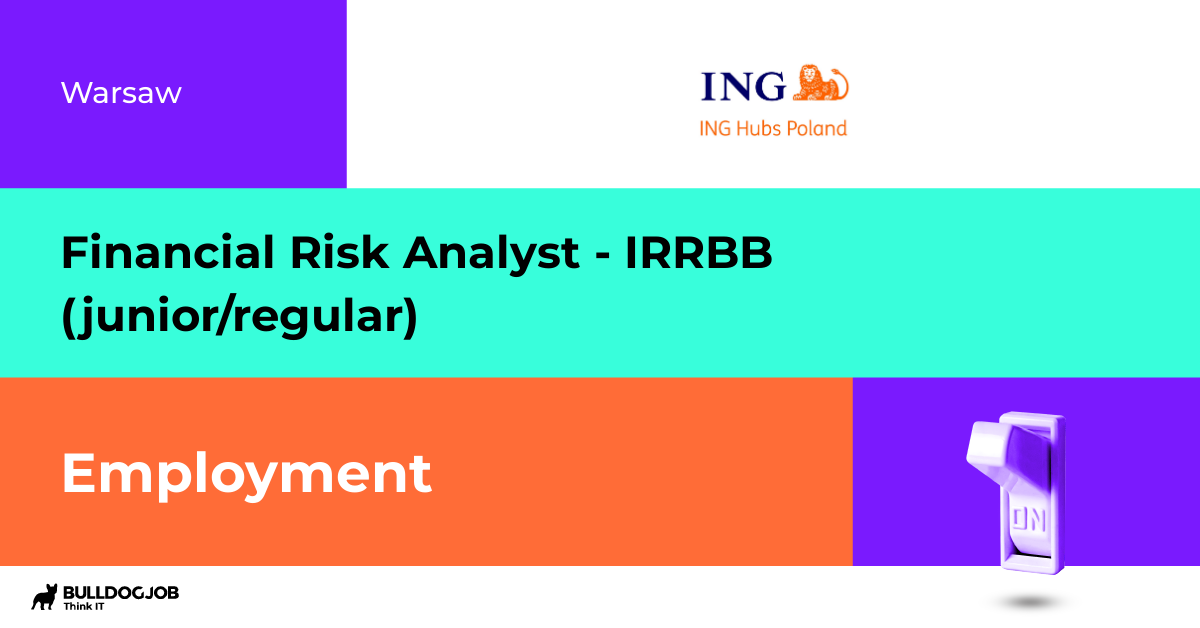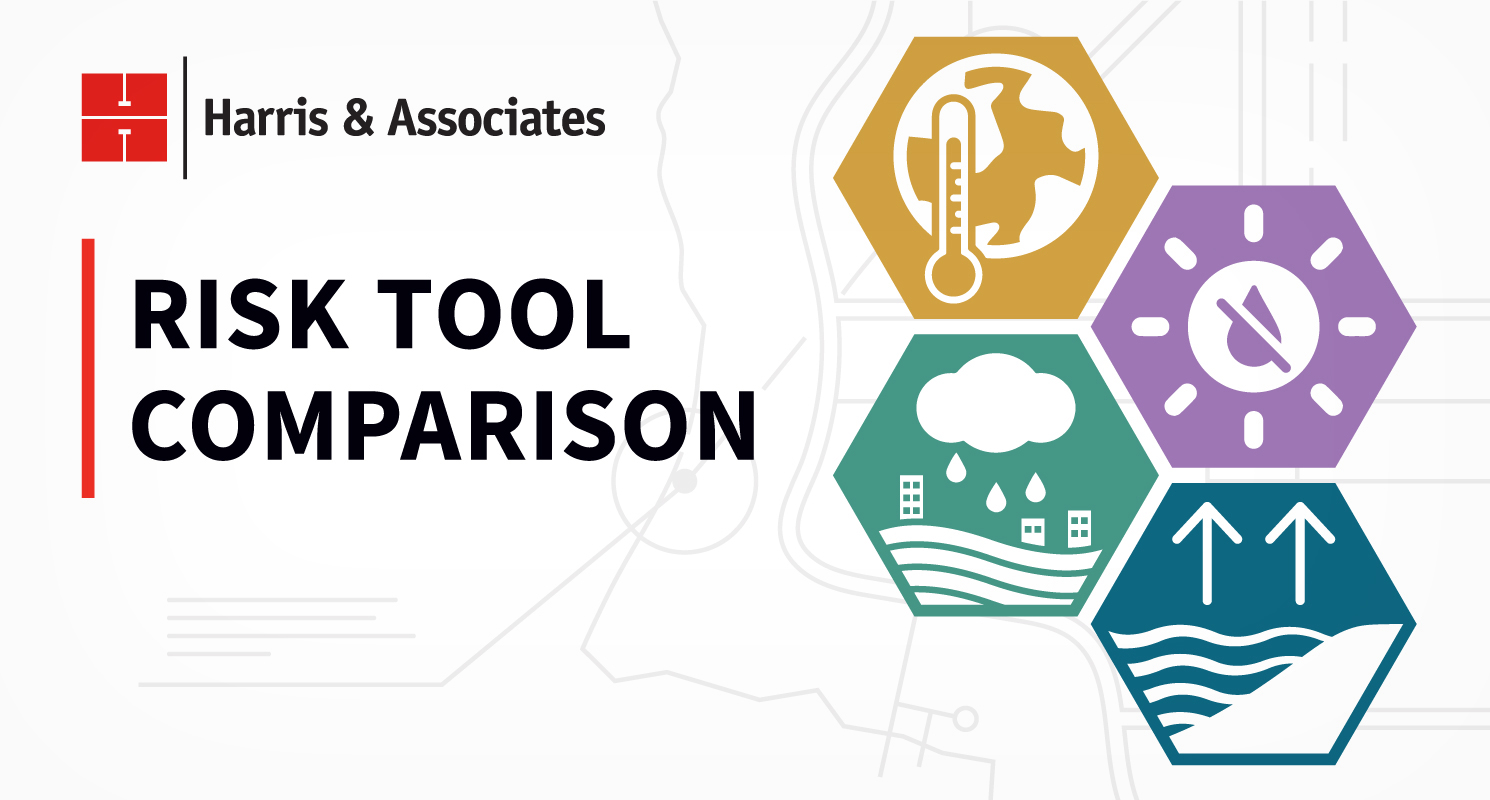

For studies that use beta values, our calculation of summary statistics (seen in the table) take the absolute value of the polygenic risk scores and then perform summary calculations. How many individuals have a score at or below a specific polygenic risk score?).Ĭohort data is updated at least once a year. The line plot shows the progression of scores for each percentile rank (i.e., for the specific cohort, and insurance community to provide technology to manage and mitigate wildfire risk. Users can toggle between violin, box, and line plots. Read the latest Visualize articles covering risk assessment topics. I imagine this can be done by modifying the slicer function.

The elements in the matrix must have filter capabilities whereby clicking on an element should show all the projects which are of that risk. The PRS Knowledge Base uses data downloaded and curated from the NHGRI-EBI GWAS Catalog and is regularly updated to include the lastest studies, SNPs, and. Finally, select the cohort andĬlick "View Score Distribution." A violin plot of the score distributions will appear with a table of summary statistics and study-specific information. Hi, I am trying to create a risk matrix chart in Power BI like the one shown below. The purpose of the PRS Knowledge Base is to allow researchers to quickly calculate polygenic risk scores for various traits based on published genome-wide association studies (GWAS). The type of study (e.g., high impact or all studies) and the specific study by author, year, and accession number. First, select the trait or disease of interest. User-defined queries allow you to view summary statistics for specific studies. Comparisons to individuals from theĪlzheimer's Disease Neuroimaging Initiative can also be visualized. International Genome Sample Resource website.

Hold it in front of you and imagine that. One way to visualize risks is to look at the picture of a situation or the situation itself. At a time of diminishing resources, such local responses, which can empower communities and make them more resilient to uncertain future flood events, are vital. If the probability is above zero, then the consequence might happenthe greater the possibility, the greater the chance of the subject consequence from happening. The effective communication of flood risk offers the opportunity to ensure communities can adapt and respond appropriately to changing local conditions. For more information on the five superpopulations, you can visit the There is no risk because it will not happen. Include contextualization for the five superpopulations in the 1000 Genomes Project. JGetting a handle on rising claims litigation costs and frequency Litigation continues to be a major contributor to rising claims costs, and the issue is only getting worse. Please note: the majority of individuals from in the UK Biobank have European ancestry,Īnd polygenic risk scores from one population are generally not comparable to scores for individuals from a different population. Verisk works with fire protection, scientific, and insurance community to provide technology to manage and mitigate wildfire risk. Notably, the UK Biobank cohort uses score percentiles from approximately 500,000 relatively-healthy individuals in the United Kingdom.įor more information on the UK Biobank and the anonymized genetic data used to generate these statistics, please visit the This page allows for raw scores calculated from theĬalculate page to be contextualized against different populations. These distributions have been created by running the PRS Calculator on the UK Biobank, each population in the 1000 Genomes Project,Īnd the Alzheimer's Disease Neuroimaging Initiate. The approach involves 1 or 2 hackathons to generate visualizations and a substantial public engagement effort to determine which visualizations are the best understood. This interactive page allows you to visualize polygenic risk score distributions and summary statistics generatedįor each study. The National Academies of Sciences, Engineering, and Medicine is taking an innovative approach to generate fresh ideas for visualizating flood risk. A color-coded scale indicates the percentage of policyholders in each category.Viewing PRS Distributions for Various Genetic Cohorts The data are broken down across four categories - ranging from a decrease in monthly premiums to an increase of $20/month or more – and displayed in map, pie chart, and data table formats. BMI Visualizer Body Mass Index (BMI) is a widely used measure that is predictive of many health issues from underweight to diabetes risk This data set of United States COVID-19 Cases and Deaths by State over Time combines this information Body mass index, or BMI, is a way to estimate whether a person is at a healthy weight for his or her height 012) was a. The ASFPM Flood Science Center has created three new easy-to-use data visualization dashboards that show the projected premium changes for policyholders by geography, using datasets from FEMA's analysis of NFIP policyholder information. Funding: The Pew Charitable Trusts ASFPM.


 0 kommentar(er)
0 kommentar(er)
